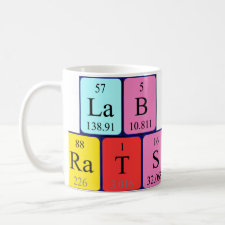
Authors: Satonaka T, Habaue S, Nakano T, Okamoto Y
Publication date: 2002
Article title: Synthesis of polymer gel by molecular imprinting method using helical polymethacrylate as template.
Page numbers: 1508
Alternative URL: http://www.jstage.jst.go.jp/article/spsjppj/51/0/51_1508/_article
Proceedings title: Polymer Preprints, Japan
Volume number: 51
Abstract: Molecular imprinting, first reported by G. Wulff et al. in 1972, is now an established technique for creating small molecule recognition sites in a cross-linked polymer material. In this report, chiral helical (+)-poly(diphenyl-2-pyridylmethyl methacrylate) (poly(D2PyMA)) as a template and a-(alkoxymethyl)acrylic acids as a monomer in molecular imprinting method were used for creating the gel with chiral helical cavity. Although the polymer gel prepared using methacrylic acid did not show any significant chiral recognition abilities, a-(benzyloxymethyl)acrylic acid derivatives as a monomer afforded the gels with chiral resolution power for the racemates, such as trans-stilbene oxide and Tröger's base, and the substituents (X) on the phenyl group of the monomer greatly affected the recognition ability of the gels.



Join the Society for Molecular Imprinting

New items RSS feed
Sign-up for e-mail updates:
Choose between receiving an occasional newsletter or more frequent e-mail alerts.
Click here to go to the sign-up page.
Is your name elemental or peptidic? Enter your name and find out by clicking either of the buttons below!
Other products you may like:
 MIPdatabase
MIPdatabase









